Tyler Gaudet’s patient girlfriend knew exactly when his side business had outgrown the couple’s East End apartment.
It was 2011, and Gaudet, a fisheries biologist, was raising scores of tilapia in hulking, open-top tanks in their spare bedroom.
“I had one jump out and dry out under a radiator,” Gaudet said. “(My girlfriend) was like, ‘the apartment smells fishier than normal,’ and just the fact that my apartment has a ‘normal fishy smell’ means these things gotta go.”
Gaudet packed up his tanks and moved into a tiny greenhouse in East Bayside. It was the birth of Fluid Farms, and now three growing seasons later, Gaudet and his business partner, Jackson McLeod, are preparing to expand their operation once again, swimming into unchartered waters as the largest commercial aquaponics greenhouse in Maine.
Every week during the six-month growing season, they churned out hundreds of heads of immaculate butter lettuce, which was quickly gobbled up by restaurant-goers in southern Maine.
“It’s a really clean product and you can use all of it,” said Taryn Kelley of Native Maine, which sells the lettuce for Fluid Farms. “That’s huge for clients.”
Yet the business so far is a part-time gig, squeezed between careers, wives, girlfriends and everyday life. If all goes according to plan, the pair will be full-time farmers by this time next year.
To make it happen, Gaudet and McLeod will leave their current 2,200-square-foot North Yarmouth hoop house, thanks to a landowner in Dresden who made a gargantuan deal with them. Fluid Farms would become the proud owner of a 36,000-square-foot greenhouse that the landowner no longer wants, in exchange for disassembling the 3/4-acre skeleton of metal and glass. The duo plan to reconstruct the greenhouse in sections as they grow, until the operation is producing lettuce year-round.
“We know what are goals are,” said McLeod, an engineer who designs automated machines for a living. “We want to get to a size that employs us, but not to a size that’s too big.”
A CLEAN SYSTEM
Many people are familiar with the water-growing technique of hydroponics, where food plants grow in water (not soil) that is enriched with artificial nutrients. Aquaponics adds fish and beneficial bacteria to such a system to produce nutrients through biological, not artificial, means. The fish, which breathe oxygen from the water, expel a chemical that is converted by harmless bacteria into nitrites and then nitrates, which are sopped up by the growing plants. In return, the plants enrich the water with new oxygen for the fish to breathe.
“That biological process is why we’re able to certify our process as organic,” McLeod said.
The fish and the plants live in separate tanks, with an electric pump and filters moving and cleaning the water as it flows through the system.
When properly nurtured, an aquaponics operation becomes a self-contained ecosystem that wastes very little water and produces virtually none of the troublesome side effects of widespread artificial nutrient use in traditional outdoor soil-based growing, aquaponics industry advocates said. While outdoor growing or hydroponic growing often relies on artificial nutrients that can contaminate rivers and streams and cause acid rain, aquaponic systems, generally, are clean and closed, according to the Aquaponics Association, a recently formed industry group that focuses on education and best practices.
Skilled growers can control the water quality and bacteria content naturally. Gaudet and McLeod avoid the use of pesticides or fungicides, relying on natural pest eradication, such as beneficial lady beetles.
The fish waste, meanwhile, can be separated from the water and used for traditional, soil-based plant fertilization, a technique as old as food cultivation itself.
While hydroponic systems require growers to change the water at certain intervals, aquaponic systems require no such regular “flush.” The only loss of water, McLeod said, is from evaporation at a rate of about 1 percent per week in the summer.
MEANS TO AN END
Tilapia are ideal for aquaponics because the fish are relatively hardy, tolerating fluctuations in water quality. They also thrive in the high temperatures found in a greenhouse, according to industry experts.
However, tilapia are not native to Maine, and the state heavily regulates their propagation and importation. Growers who want to raise tilapia must obtain a permit from the Department of Inland Fisheries and Wildlife, which restricts how the fish may be grown, stipulating, for instance, that tilapia be raised only in tanks, and that no water from the farming system leak into natural waterways.
These restrictions and its plain-Jane flavor reputation have kept the number of tilapia permits issued in Maine each year low, with the figure serving more as a yardstick for the popularity of the aquaponics than the commercialization of tilapia farms for food, according to the state.
In the late 1990s, only two or three organizations and individuals sought the permits each year, said Todd Langevin, superintendent of fish hatcheries for the Department of Inland Fisheries and Wildlife, who oversees the permit process. Annual tilapia permits stayed in the single digits for years, until about 2010, when interest began to grow, he said.
In 2014, Langevin’s office issued 23 tilapia permits, with four of the permit-holders, including Fluid Farms, qualifying as a state-approved distributors of the fish. (The other three are in Gorham, Scarborough and Port Clyde.) So far, few have attempted to sell the fish – Fluid Farms does not – because commercialized fish processing triggers another set of regulatory requirements. Plant matter, which out-grows the fish by a ratio of about 10 to one, is far more lucrative, Langevin said.
“The fish are just a means to an end,” he said.
PITFALLS OF GROWTH
A successful aquaponics operation requires people with deep knowledge of fish biology, horticulture and complex mechanical systems. Without any one of the three, an aquaponics operation can quickly fail.
These demands become increasing complex as the size of the operation grows, said Meg Stout, chairman of the Aquaponics Association.
Fish feeding schedules, water quality, plant health and food safety controls must be constantly monitored and tweaked in real time. Small mistakes can lead to imbalances in the system, leading to crop failure. Like many farm operations, the financial stakes can be high.
“There is a point when you can no longer have the people who are passionate about the farm doing all the work,” Stout said. “Now you’ve got in the zone where you have employees who don’t necessarily have the expertise and dedication,” which can lead to costly mistakes.
At a commercial five-acre aquaponics facility in California, Stout said two interns forgot to open up a ventilation system before clocking out.
“They left, and thousands and thousands of heads of lettuce got cooked,” Stout said. Although it is an extreme example, “this is the kind of things that happen when you get bigger.”
Gaudet and McLeod said they are acutely aware of the dangers of growth, and are working through the winter running numbers, making plans and trying to eliminate as much risk from their future as possible. Neither has quit his day job, and both are using the winter to hunker down and make plans.
Everything from the most basic considerations, such as where their new facility will be located, still needs to be hashed out. It is the strain felt by many business owners, whose passion projects begin to take on dimensions of their own.
“So far it’s been a full-time commitment, but it’s second to our full-time jobs,” McLeod said. “The ability to develop the model and push it forward would be greatly increased if we could put all of our energy into it. Our success doesn’t really feel contingent on our ability to produce.”
Growing the lettuce, in other words, is simpler than growing the business.
The 36,000-square-foot greenhouse is modular, and can be erected in sections that join seamlessly with each other, giving Fluid Farms a chance to grow at its own pace, Gaudet and McLeod said.
The pair are close to signing a lease on a new property to construct their facility, the first big step in their leap into the full-time growing business.
It was too early for either to say where they will move. Hopefully, it’s some place without radiators.
Send questions/comments to the editors.


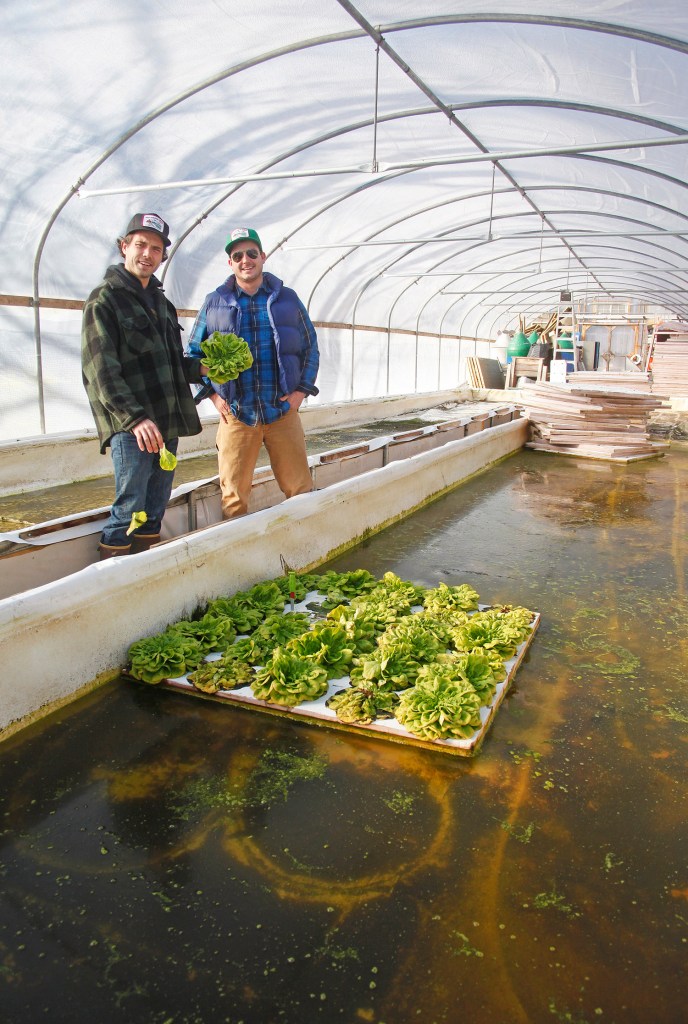
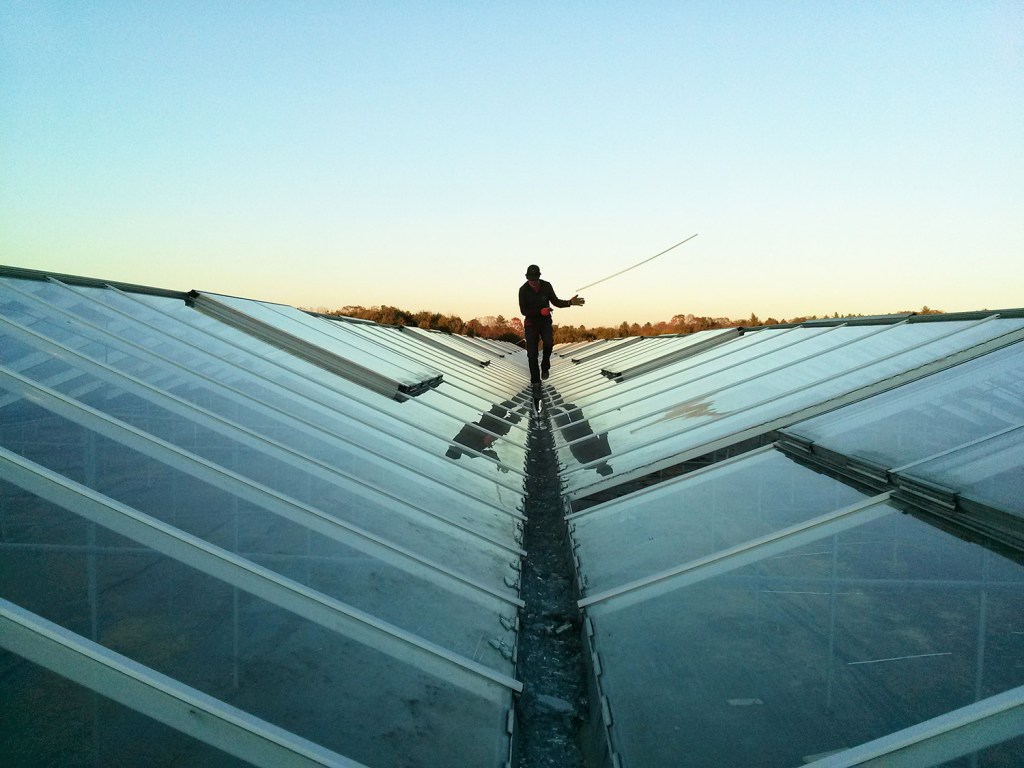
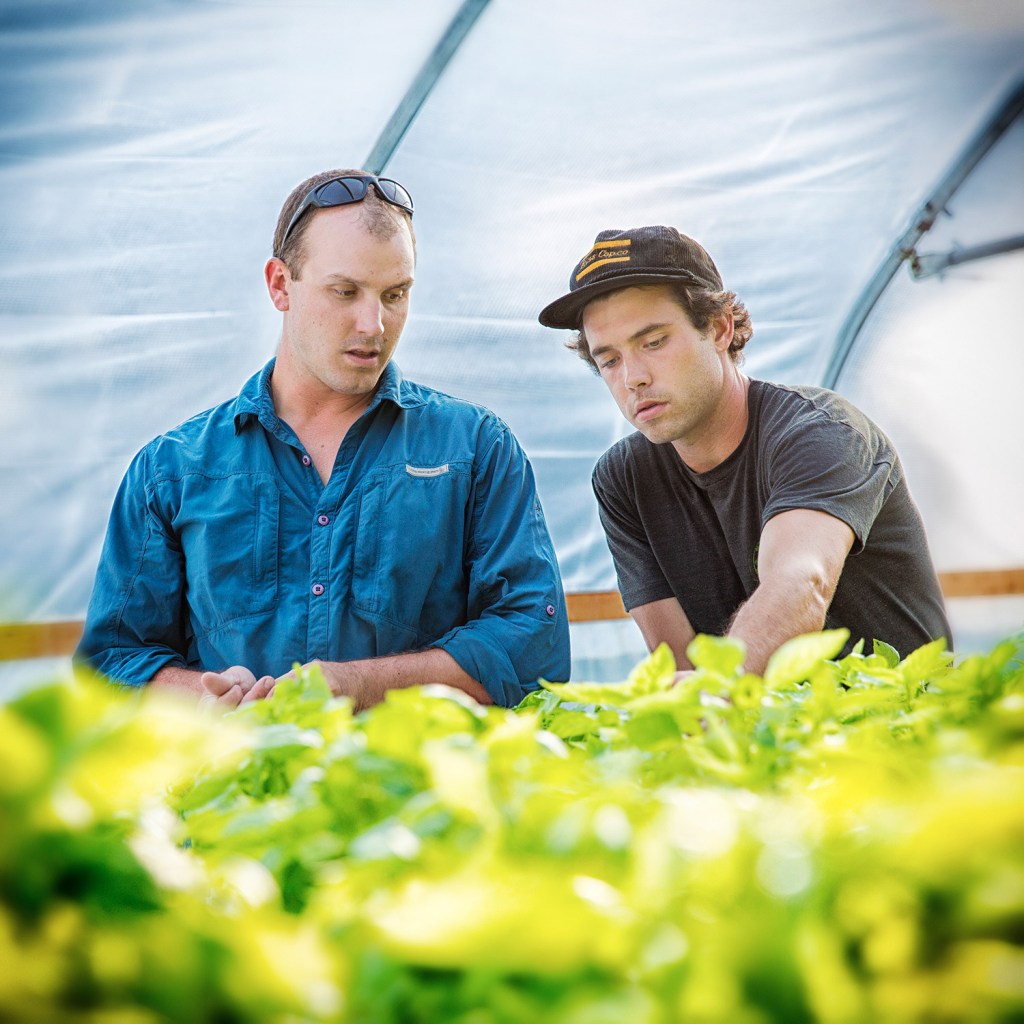
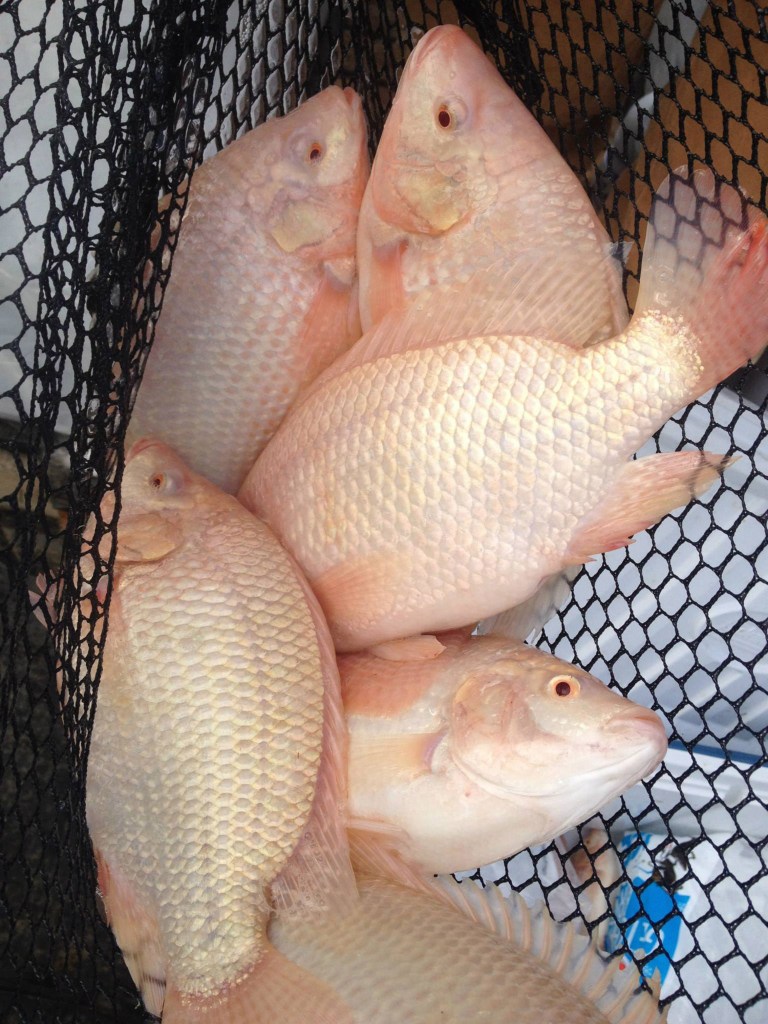

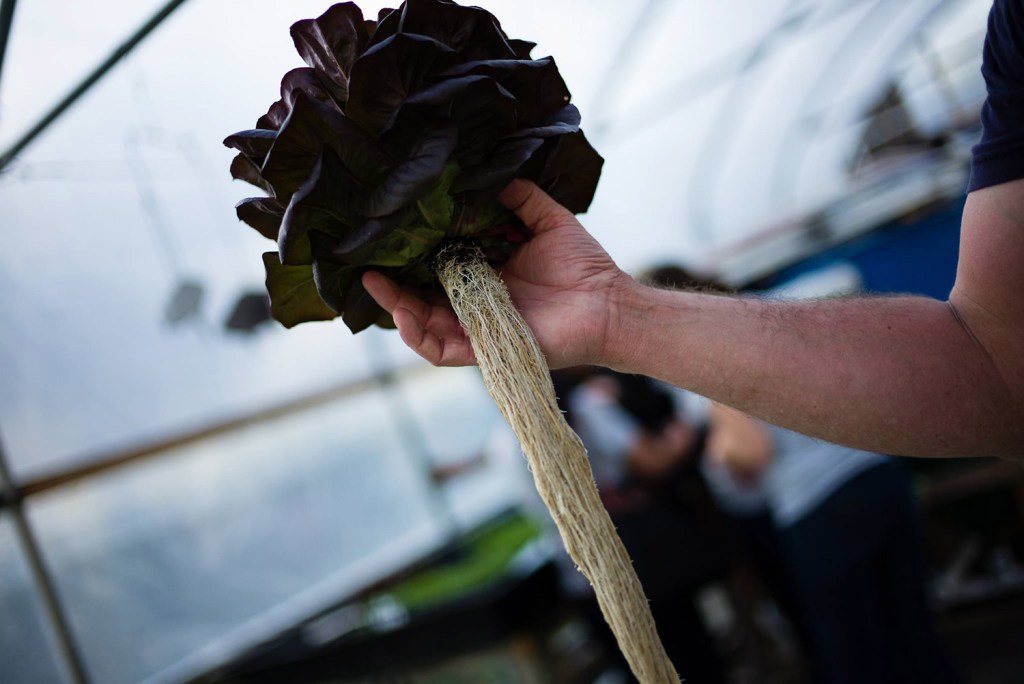

Success. Please wait for the page to reload. If the page does not reload within 5 seconds, please refresh the page.
Enter your email and password to access comments.
Hi, to comment on stories you must . This profile is in addition to your subscription and website login.
Already have a commenting profile? .
Invalid username/password.
Please check your email to confirm and complete your registration.
Only subscribers are eligible to post comments. Please subscribe or login first for digital access. Here’s why.
Use the form below to reset your password. When you've submitted your account email, we will send an email with a reset code.